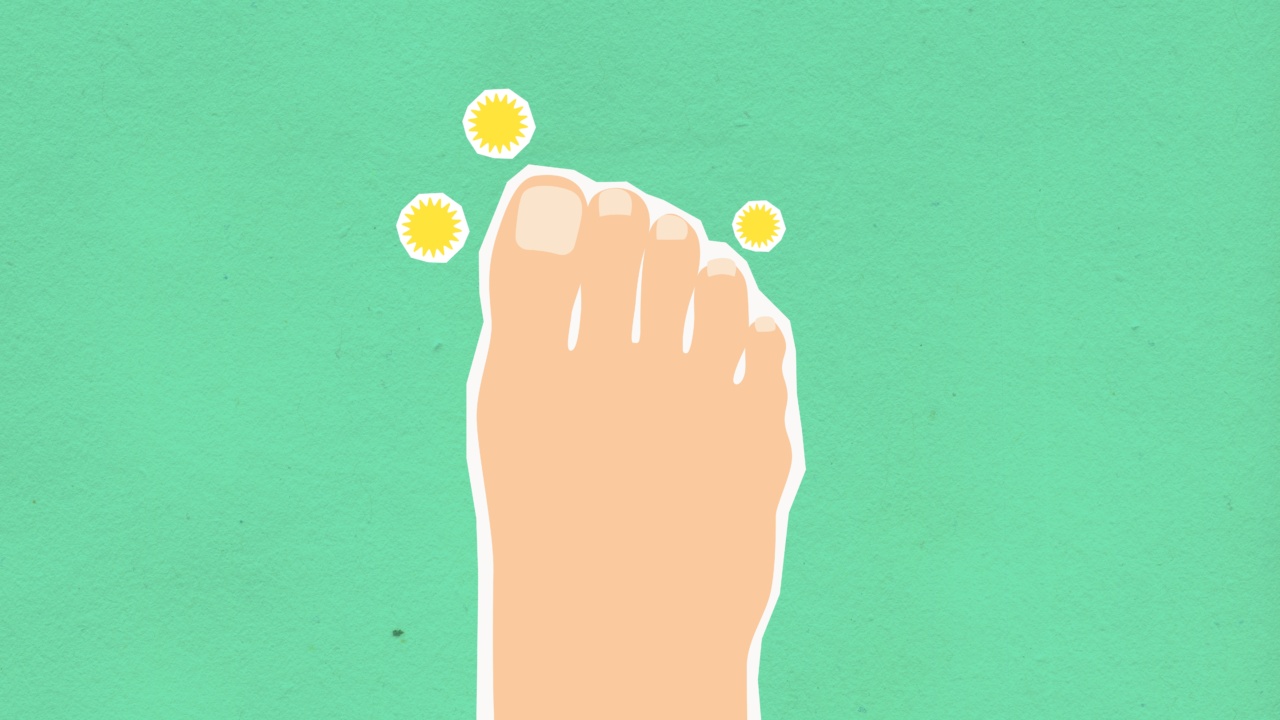Having a genital fungal infection can be uncomfortable and embarrassing.
Many people are affected by fungal infections in the genital area, and it’s important to be able to recognize the signs and symptoms so that you can seek appropriate treatment. In this article, we will discuss the common types of fungal infections that affect the genitals and provide guidance on how to identify them.
1. Understanding Fungal Infections
Fungal infections in the genital area are caused by an overgrowth of fungi such as Candida albicans (yeast). These infections can occur in both men and women and are often characterized by itching, redness, and discomfort.
It’s crucial to differentiate between different types of genital infections and seek appropriate treatment.
2. Signs and Symptoms of Genital Fungal Infections
2.1 Itching and Irritation: One of the primary indicators of a fungal infection in the genital area is persistent itching and irritation. The affected skin may become inflamed, leading to discomfort and a strong urge to scratch.
2.2 Redness and Swelling: Fungal infections can cause redness and swelling in the affected area. The skin may appear inflamed and feel warmer to the touch. In some cases, small red bumps or pustules may also develop.
2.3 Discharge: Certain fungal infections, particularly in women, can cause an abnormal vaginal discharge. The discharge may be thick, white, and have a cottage cheese-like consistency.
2.4 Odor: Unpleasant odor is another indicator of a fungal infection in the genital area. The odor is often described as “yeasty” or “musty” and is more pronounced after sweating or during sexual activity.
3. Common Types of Genital Fungal Infections
3.1 Yeast Infections: Yeast infections, caused by Candida overgrowth, are the most common type of fungal infection in the genitals. They can affect both men and women and typically cause itching, redness, and a thick white discharge.
3.2 Jock Itch: Jock itch mostly affects men and is caused by a fungal infection known as tinea cruris. It usually manifests as a red, itchy rash in the groin area and can also affect the inner thighs and buttocks.
3.3 Ringworm: Although commonly associated with the skin, ringworm (tinea corporis) can also affect the genital area. It appears as a red, circular rash with clearer skin in the center, creating a ring-like appearance.
4. Diagnosis and Treatment
It is essential to consult a healthcare professional for an accurate diagnosis of any genital infection. They will examine the affected area, possibly take a sample for laboratory testing, and then prescribe appropriate treatment.
Treatment typically involves topical antifungal creams or oral medications to combat the fungal infection. It’s crucial to follow the prescribed treatment course even if symptoms improve to prevent reoccurrence.
5. Preventive Measures
To reduce the risk of fungal infections in the genital area, it is advisable to:.
5.1 Practice good hygiene: Clean the genital area daily with mild soap and warm water, avoiding harsh or scented products that can disrupt the natural balance of flora.
5.2 Keep the area dry: Moisture can promote the growth of fungi. Ensure the genital area is thoroughly dried after bathing or swimming, and consider using talcum powder to keep the area dry throughout the day.
5.3 Wear breathable clothing: Choose loose-fitting underwear and clothing made from natural fibers like cotton to allow for better airflow and minimize moisture build-up.
Conclusion
Identifying and addressing fungal infections in the genital area is crucial for maintaining overall health and wellbeing.
If you experience persistent symptoms such as itching, redness, or discharge, it is essential to consult a healthcare professional for accurate diagnosis and appropriate treatment. By following preventive measures and practicing good hygiene, you can reduce the risk of future infections and maintain genital health.






























